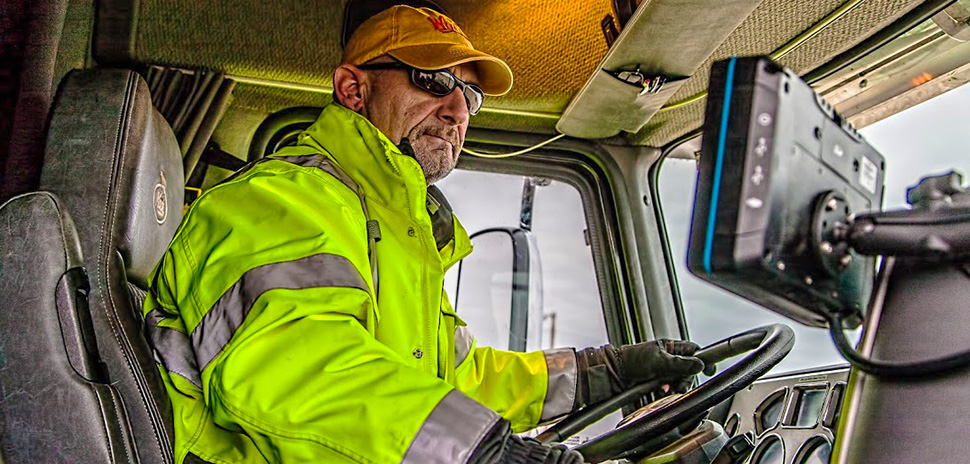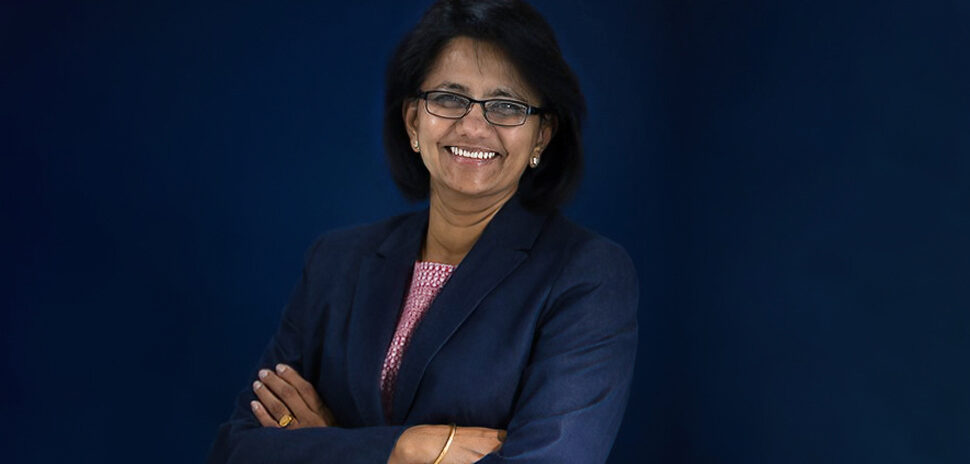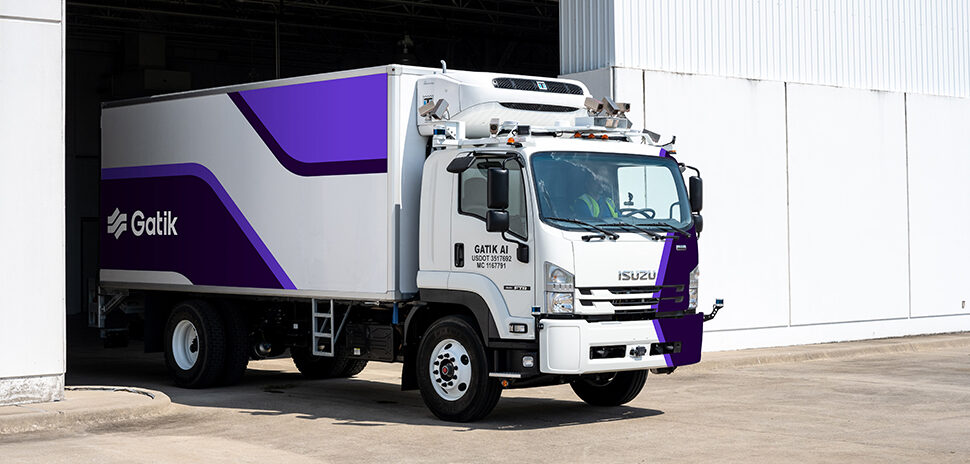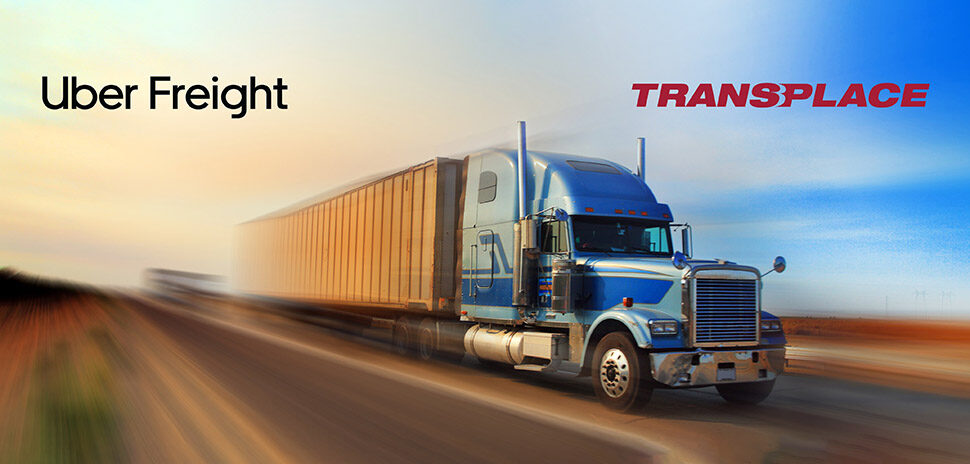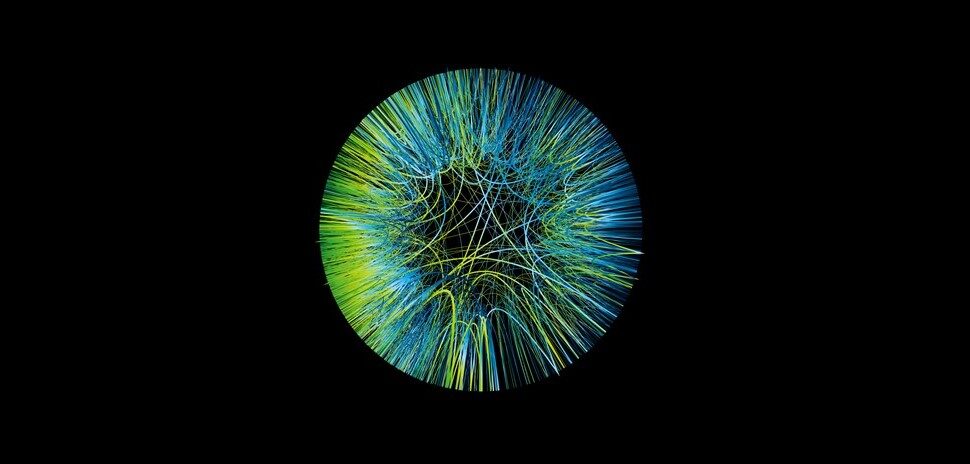Automatic transmissions, adaptive cruise control, collision avoidance, GPS tracking, built-in cameras, and electronic driver logs represent the future of the fast-evolving trucking industry.
For Daseke’s fleet of 5,000 trucks, that future is now. The Addison-based trucking empire has outfitted its trucks with the latest technology, some of which goes beyond what you find in today’s higher-end consumer vehicles.
For Daseke, it’s about safety, efficiency, saving money, and creature comforts for the drivers. The majority of Daseke’s fleet is less than four years old.
“There’s a massive amount of technology in these trucks,” said Scott Wheeler, president of Daseke. “We can put more things on it and make it a more expensive acquisition upfront, but it’s worth so much more on the back end. Our programs make sure that the drivers uptime is maximized. We want to make sure that the machine they’re driving is ready to go when they’re ready to go.”
Since 2009, Daseke has been consolidating companies in the fragmented flatbed and specialized transport sector. The Daseke family consists of 16 different trucking companies, each maintaining its original branding and reputation. Taking the Warren Buffett approach is important because some of the companies it acquired have a reputation going back to the 1920s and 1930s.
It’s an exciting time in the trucking world where new apps, satellite WiFi, and other innovations loom on the horizon.
Tesla made big headlines when it unveiled an all-electric semi truck with a 500-mile range and autopilot in November. But it could be years before these trucks hit the road. And the “megachargers” that are needed to pump that much electricity into a battery would also need to be built.
Companies such as Walmart, PepsiCo, FedEx, and UPS have all placed orders for Tesla trucks. Other trucking fleets are experimenting with compressed natural gas and liquefied natural gas.
“We love technology; we like to consume all the proven technology we can get our hands on.”
Scott Wheeler
“While it’s great eye candy, we have a business to run,” Wheeler said. “We believe that CNG, LNG, and electric can be viable. We actually like those products it’s just not economically feasible for long haul over the road regular route truckers. We really don’t know where that particular truck is going to be next week.”
For now, these alternative fuels are best for trucks that follow a predictable route or stay in town and always return to the same place. There’s also the question of maintenance, parts distribution, and resale value for these vehicles.
It could be another decade or more before fully autonomous semi-trucks hit the road.
“I believe it should be more of an autopilot,” Wheeler said. “Once they get on the interstate, and it’s more predictable, that they can put it on autopilot. Or recurring routes over and over and over again, then maybe you can do that.”
Daseke has found other ways to stay on the cutting edge.
“We love technology; we like to consume all the proven technology we can get our hands on,” Wheeler said.
EVOLVING IN THE TRUCKING INDUSTRY
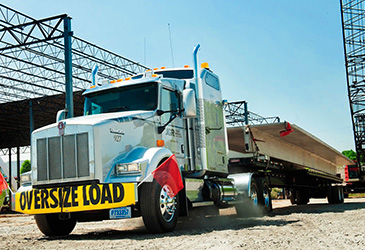
Photo courtesy of Daseke
Long before Uber transformed personal transportation, owner/operator truckers were driving their big rigs for hire. Load boards told drivers where they could go to get work.
Now, all that is going digital.
Daseke is using predictive technology so if a driver drops off a load in a city, the computer will find another one that’s ready to pick up nearby. That maximizes efficiency.
Independent drivers can use apps like Uber Freight or Convoy to easily find loads that need to be moved nearby, replacing the old load boards. Daseke doesn’t do a lot of one-off work, but Wheeler says it demonstrates the innovation that’s occurring in the trucking space.
“The technology has gotten so good, it’s getting it really efficiently to your mobile phone in a way that’s attractive to the shipper and the driver, that’s the disruptive part,” Wheeler said.
The safety technology on some of the latest trucks will slam on the brakes automatically to avoid an accident.
“Every truck that we’ve put on the road in the last 24 months came with collision mitigation systems. It actually recognizes a metallic object,” said Phil Taylor, vice president of truck maintenance for Central Oregon Truck Company, part of the Daseke family.
“Every truck that we’ve put on the road in the last 24 months came with collision mitigation systems.”
Phil Taylor
Modern automobiles come with adaptive cruise control, which uses cameras to see vehicles in front of you and adjusts the set speed accordingly. Daseke’s trucks have that and take it a step further with predictive cruise control, helping trucks navigate steep grade changes by building up speed beforehand, Taylor said.
The trucks also have auxiliary power units so truckers don’t have to run the diesel engine to idle the truck. Meanwhile, they can run all the creature comforts inside the truck, including wireless internet and a microwave.
Automatic transmissions are taking the trucking industry by storm. Truckers were hesitant to adopt it at first, but it’s gained traction in recent years. Wheeler predicts there will be an upcharge for new trucks with manual transmissions in the future.
“If you can remove the necessity of a driver to be distracted to shift, I think that’s a huge advantage,” Taylor said.
Modern trucks also have their own version of GM’s OnStar, which provides real-time diagnostic reports.
“We can predict what’s going to happen down the road as far as mechanical failures, emission-related issues,” Wheeler said. “That really allows us optimize the hours that a driver may have and optimize service schedules.”
GETTING TRUCKERS ABOARD WITH TECH
The government requirement that all trucking logs move to digital platforms has caused plenty of grumbling among truckers. It was the same for automatic transmission, built-in cameras, and GPS trackers.
Many times, it’s false information that’s feeding it.
“Initially there is always pushback on this,” Taylor said. “When they can see the benefits of it, it really turns to a point where they embrace the technology rather than resist it.”
The safety-related technology actually protects the driver if another vehicle cuts them off, for example.
“The first time they are able to send in the video to show they were not at fault, they get behind it,” Wheeler said.
![]()
Get on the list.
Dallas Innovates, every day.
Sign up here to get what’s new and next in Dallas-Fort Worth.
One click, and you’re done.
View previous emails.










